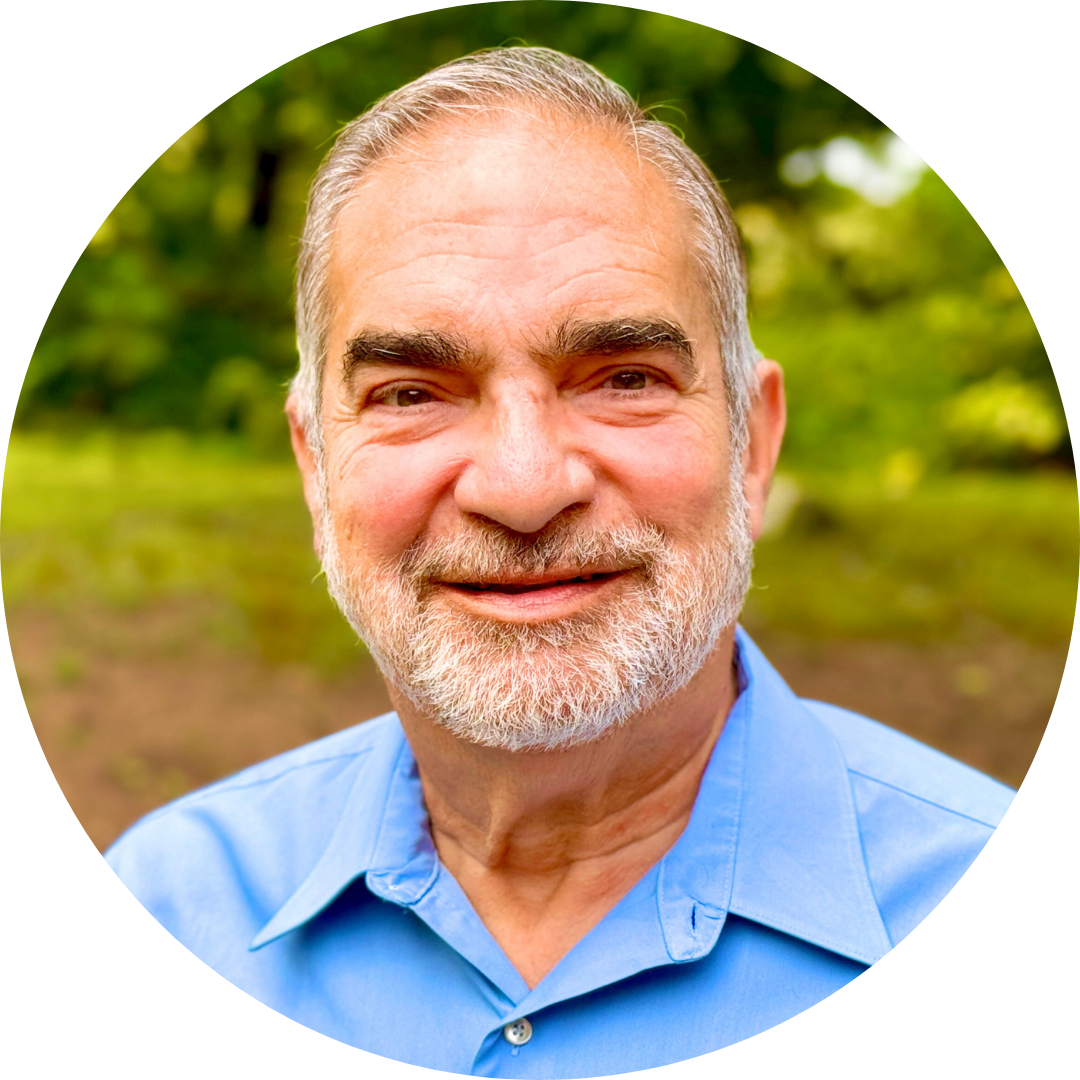Tisha B’Av (The Ninth Day of Av) is a 24-hour fast that is observed this week. Traditionally, it is a big deal. It is the only 24-hour fast on the Jewish calendar besides Yom Kippur. Jews commemorate the destruction of the Second Jerusalem Temple in 70 C.E. and many other calamitous events that have occurred throughout our history.
Why do we harp on sorrowful events that occurred so many centuries ago? It is a legitimate question.
Orthodox Jews believe that the destruction of the Temple was caused by God, and that we suffer in exile until the final redemption when the Messiah will come, the Temple will be rebuilt, and all Jews will be transported back to the Land of Israel. For them, observing Tisha B’Av makes sense. But for those, like me, who do not believe in the coming of the Messiah, and do not yearn for the rebuilding of the Holy Temple, the deep resonance of Tisha B’Av stems from another source: acknowledging and embracing what is painful.
In Western culture, we are encouraged to “put on a happy face.” Do not let it show if you are grieving or sad. Jews often take pride in our mourning customs: We sit shivah for a week, mourn intensely for 30 days, and remain in mourning for eleven months. But even this extended schedule can be misleading if we conclude that we ought to stop grieving after a year, or that there is a linear progression in which our pain gradually diminishes. As my friend Rabbi Deborah Waxman said to me when I was mourning the death of my daughter: “There is no map for the terrain of grief.”
I was reminded of her words recently during the week of my daughter’s sixth yahrzeit (anniversary of her death). The first three yahrzeits were excruciatingly painful. I literally writhed in pain for days. The fourth and the fifth, by contrast, were very sad but manageable. But this year, I spent days in pain. My body seemed to simulate on its own the sensations that I had experienced before and after her death six years ago. It was as if I was sitting shivah again. I tried to determine why I was in such a state this year when I hadn’t felt this way last year or the year before, and then I remembered: Grief has no map. There is no linear progression towards less intense feelings. And I remembered: It was okay to be distraught. I didn’t need to find a proximate cause. I was grieving because my daughter died. I was in pain. I embraced my sorrow compassionately instead of struggling to escape from it.
Similarly, we may not regret the absence of a Holy Temple in Jerusalem where priests offer up animal and vegetable sacrifices. When we recall, however, how the city of Jerusalem was razed and the people of Judea were killed and carted off as slaves, the memory triggers in us our suffering. As a people, Jews carry within ourselves the wounds and scars of a multitude of catastrophes that need not be listed. As individuals, we experience physical and emotional assaults, oppression and discrimination for our religion and ethnicity, our color and our gender identity, our sexual orientation and our political views. News reports daily describe mass murder and unspeakable devastation across the globe, accounts that may remind us of descriptions of Jerusalem’s destruction. There is urgent reason to worry about the changes in climate that our children and grandchildren will endure. We live in a world where the Holy Temple—in whatever metaphorical meaning we assign to that term—is in ruins.
Dwelling on ancient tragedies need not distract us from the present. I mourn the destruction of Jerusalem as I mourn my daughter, as I mourn the massacres and bombings in Syria and Iraq, as I mourn the murders of young African American men, of gay people in Uganda and of trans people in the United States.
It is okay to grieve. There is much cause to grieve. Lest we yield to the temptation to pretend not to be upset, it is good to grieve in community. We read the Book of Lamentations together not to focus on the past but rather to gain strength to confront the present.








